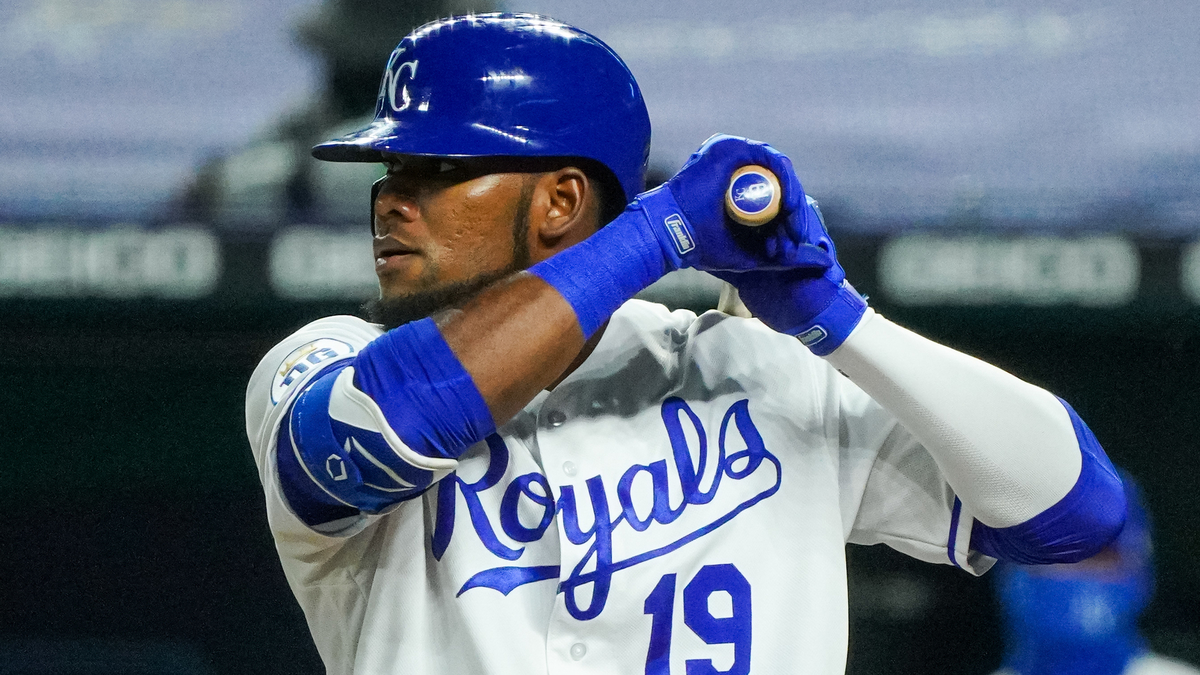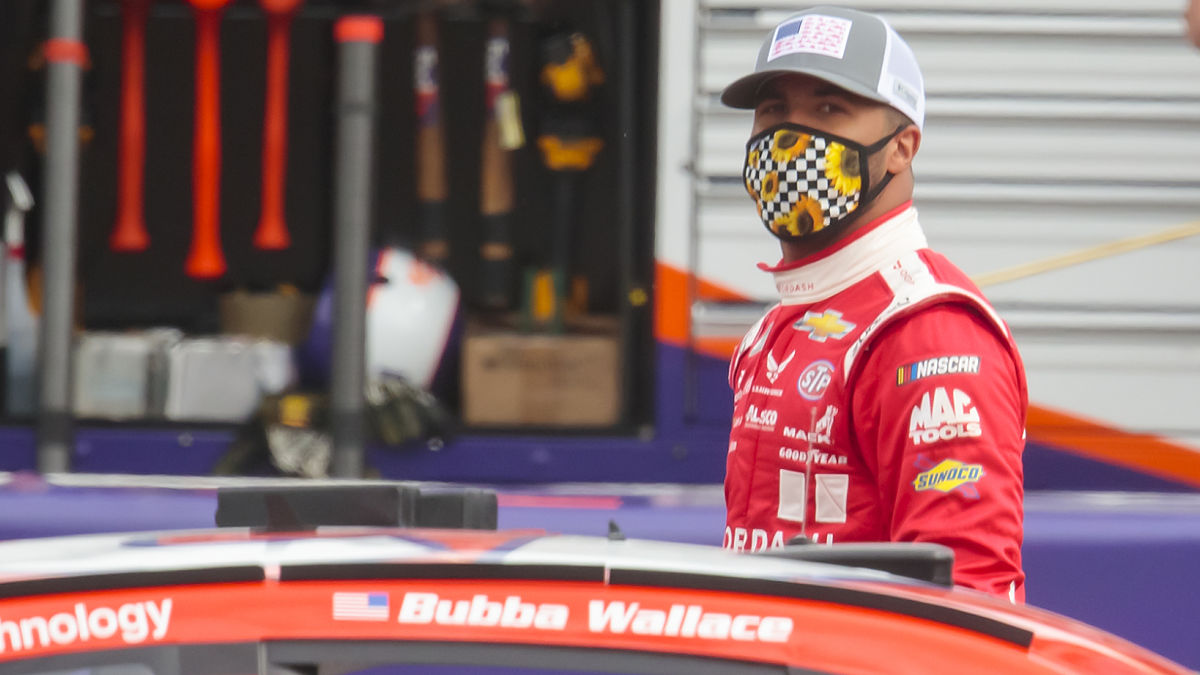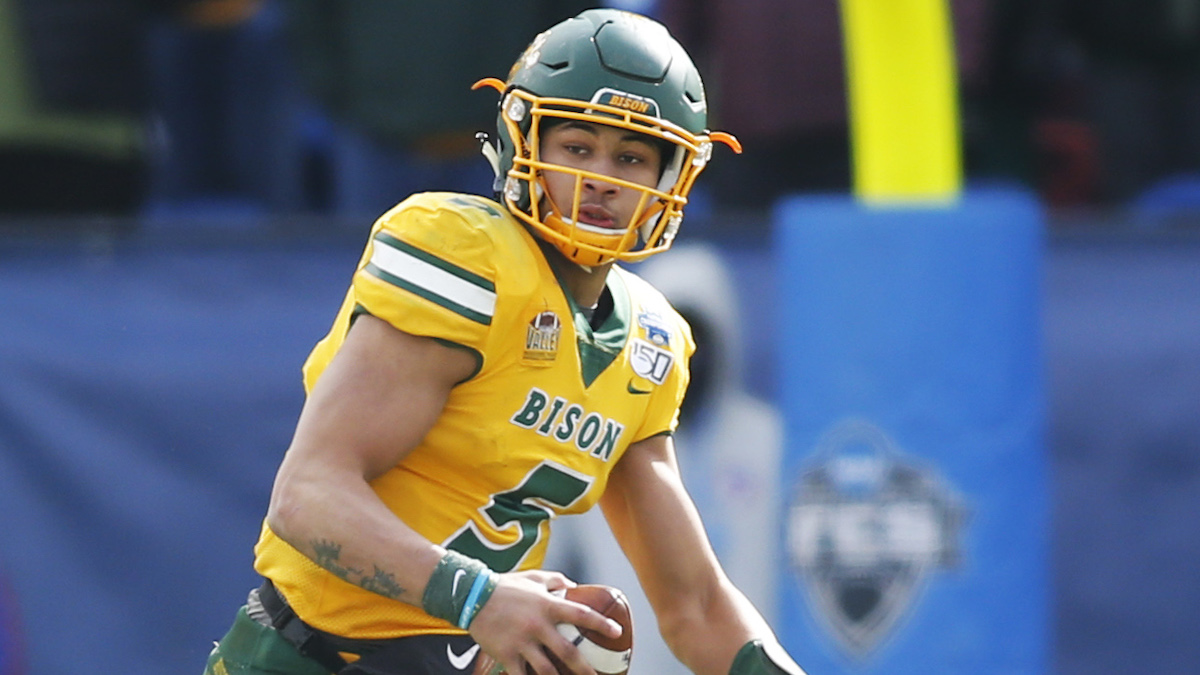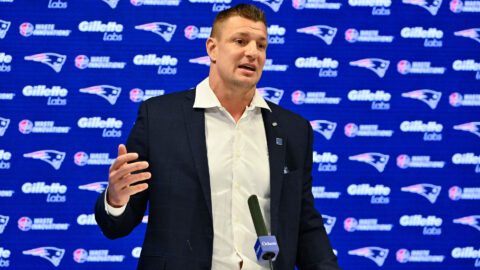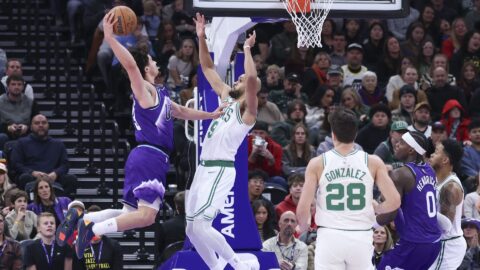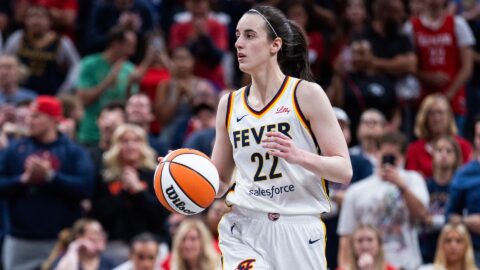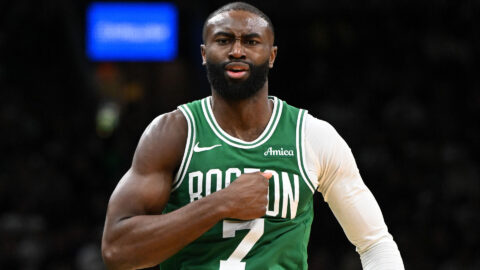It's possible Franchy Cordero becomes the next great Boston Red Sox outfielder. It's also possible he never quite lives up to the tantalizing tools.
The Red Sox, clearly, are banking on the former.
Boston acquired the outfielder Wednesday night in a three-team trade with the Kansas City Royals and New York Mets. The headline of the move, however, was Andrew Benintendi landing in Kansas City.
Generally speaking, the trade is part of Red Sox baseball boss Chaim Bloom's ongoing project to rebuild the team from top to bottom. While the Red Sox lose obvious name value in Benintendi's departure, it's easy to see why they're willing to take a chance on Cordero.
Admittedly, there's nothing on Cordero's baseball card to get overly excited about -- at least not yet. There are actually are some red flags. Injuries have been a problem, and when he's on the field, Cordero has 315 big league plate appearances under his belt -- and 110 strikeouts, meaning he goes down by way of the K more than a third of the time he comes to plate.
That is, uh, not great.
However, dig a little deeper, and you can see the path to major league success for the 26-year-old. First, regarding the strikeout rate, it dipped precipitously in 2020. It's a small sample size, but Cordero struck out in just 9.5 percent of his 42 plate appearances last season. That's quite an improvement from the staggering 39 percent K rate through his first three seasons.
This is the portion of our program during which we dive into some of Cordero's Statcast numbers. It's become en vogue for some fans and especially media members -- particularly the older ones -- to rail on advanced statistics like spin rate, exit velocity, etc. Those metrics aren't and shouldn't be the top determining factor of whether a player is actually good, but they are pieces of data that help in the player development. Clearly, this sort of statistical data is important to the new Red Sox baseball regime, and at least they're being consistent in what they value. Because you know what? A lot of the same people who are criticizing the Red Sox for their reliance on supposedly newfangled stats are the same ones criticizing them for not having a plan in the past. Sometimes, you can't win. End of rant.
Back to Cordero: When he makes contact -- again, emphasis on when -- he hits the bejesus out of the ball. Cordero's hard-hit percentage (self-explanatory) last season was 47.1 percent -- roughly 11 percentage points higher than the big league average. His career average exit velocity -- 92.5 mph -- surpasses the average of 88.3 mph. And his 12.4 percent career barrel rate (how many times he squares it up when he makes contact) is almost double the big league average of 6.4.
He'll likely need to lift the ball more in order to have success at Fenway Park. While Cordero's swing-and-miss cutdown didn't come at the sacrifice of hitting the ball hard, he hit the ball on the ground a ton last season. Obviously, if there's a sweet spot to be found, it could unlock his actual potential.
Cordero certainly has the tools. The swing is very pretty -- quite similar to Robinson Cano, actually -- and he does use it to go the other way, an important quality for Fenway. He also flies, ranking in the 89th percentile in sprint speed as recent as two years ago, which typically plays well in the vast Boston outfield.
If the Red Sox can help realize what Bloom calls Cordero's "untapped upside," and if he can stay healthy -- two giant ifs -- this will look like a very good deal for Boston. Neither the Padres nor the Royals could successfully do either, but there's at least a path to see what Cordero could become in the long run. Ultimately, that might be the biggest factor when determining whether this trade becomes a win for the Sox.

